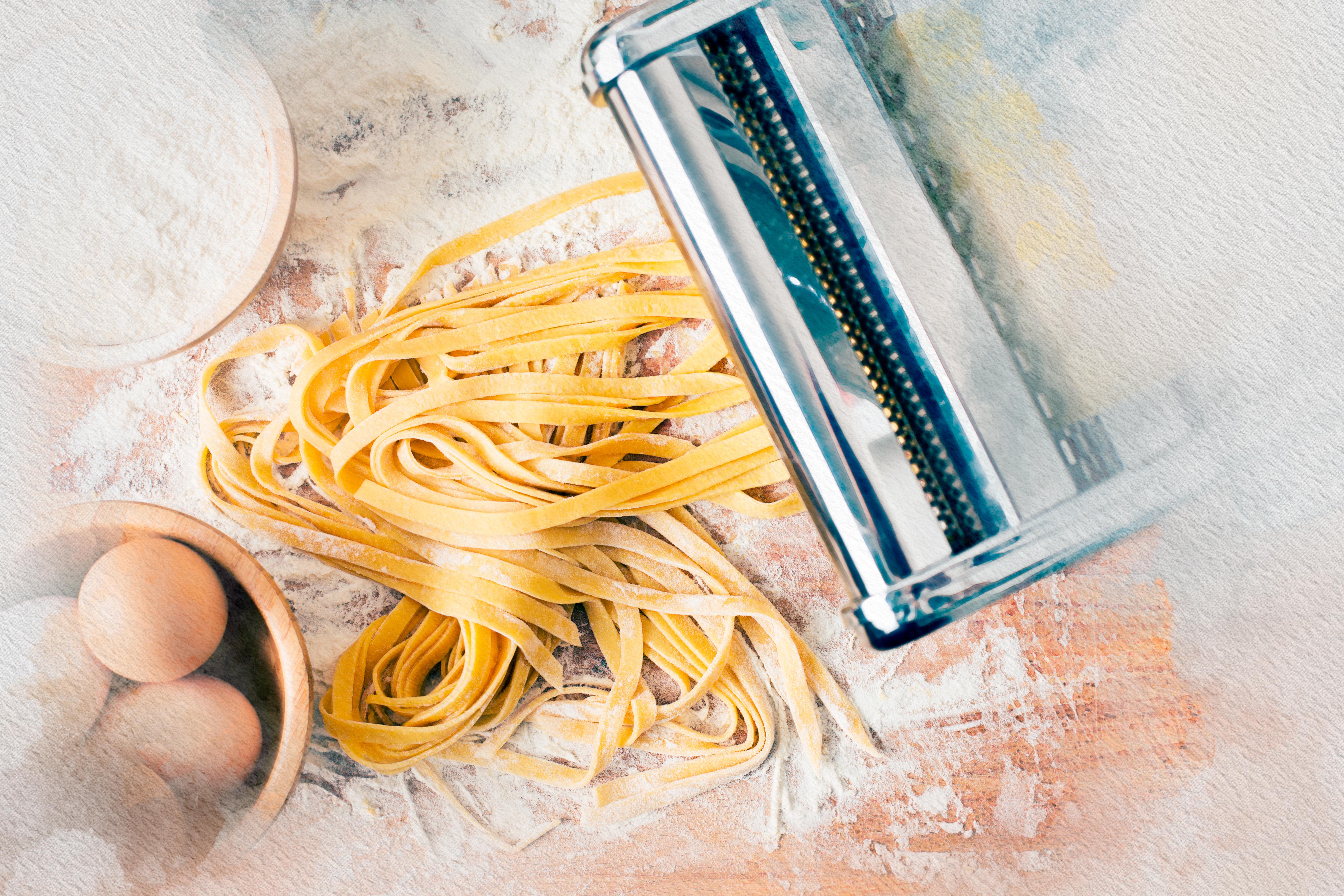Did you know that you can make your own pasta? Or that there’s a version of it in the grocery store that doesn’t come dry in a box?
Welcome to the world of fresh pasta—which can take your Italian food to another level. It has the same basic ingredients, but a much different taste and texture. Fresh pasta is softer, not as chewy as the stuff in a box, and tastes lighter. Bonus: no chemicals or preservatives. And once you’ve experienced fresh pasta, you’ll often wheel that grocery cart right past the boxes of the dried stuff.










